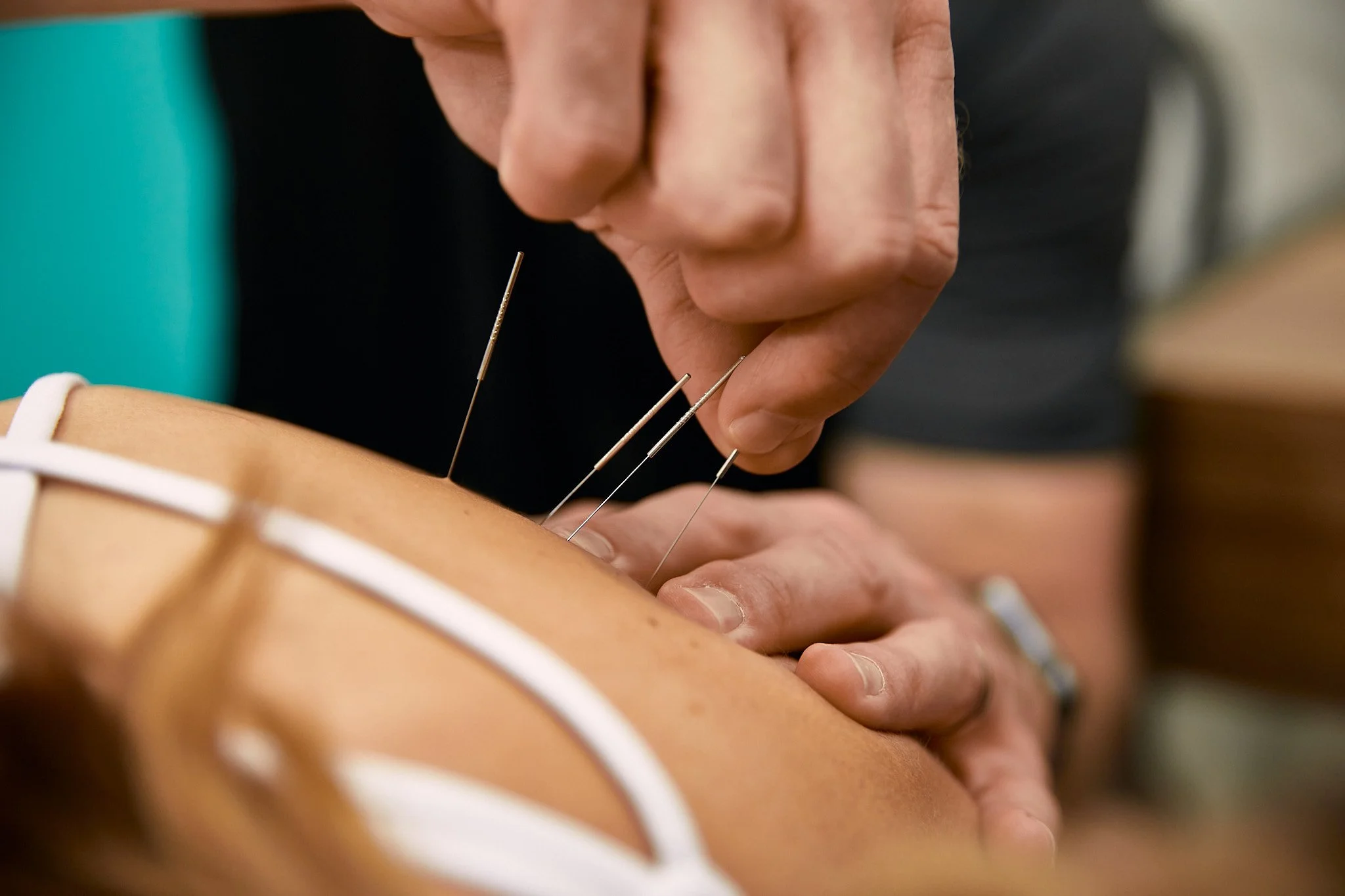Dry Needling.
Dry needling treats muscle tissue, and its goal is to reduce pain, inactivate trigger points and restore function. It’s rarely used a standalone procedure. Rather, it often is part of a broader physiotherapy plan incorporating other traditional physiotherapy interventions into treatment.
-
If you only compared dry needling and acupuncture with a photo, you might be stumped to identify each. Both acupuncture and dry needling use thin, stainless steel needles. For both practices, needles are inserted into the skin.
However, that’s where the similarities end. Unique qualities help differentiate the two.
Acupuncture has been used for thousands of years as an alternative treatment and is based off ancient Chinese medicine.
Dry Needling, however, has been developed over the past few decades and is designed to treat persistent trigger points or muscles that are irritable.
-
Dry needling may provide relief for some muscular pain and stiffness. In addition, easing the trigger points may improve flexibility and increase the range of motion. That’s why this method is often used to treat sports injuries, muscle pain, and even fibromyalgia pain.
-
The actual inserting of the needle does not hurt—these needles are very thin. Sometimes the muscle will twitch when you put it in, and it can feel sore if that happens. You usually will feel a little muscle ache or soreness for a day or two after treatment that feels like you have completed a workout on that muscle.
“We help you move better by first taking the time to listen to you and your story, then plan the best management program that suits your body and goals.”
— Phillip Bosson | Portside Sports Physiotherapy Founder
Book An Appointment.
Email: hello@portsidephysio.com.au
Phone: 0423 576 006
Address: 132 Hannell St Wickham NSW 2293
Dry Needling FAQs
-
After dry needling, experiencing some slight soreness is normal, and you will typically note an improvement in your symptoms within one to two days. How long the benefits will last will vary per individual. The first few treatments will usually have a short length of relief spanning over several days.
-
If a client has good results with dry needling, they may get dry needling 1-2 times per week. Once the muscle release and pain decreases, dry needling may only be required once per month or as required.
-
Dry Needling resolves muscle knots by inserting a very thin needle directly into the trigger point. The knot responds to the interruption and relaxes immediately.




